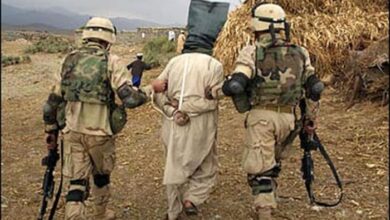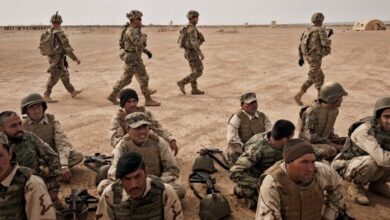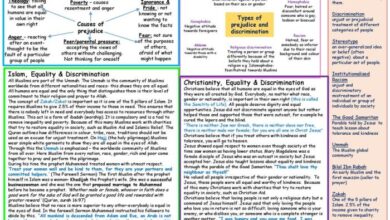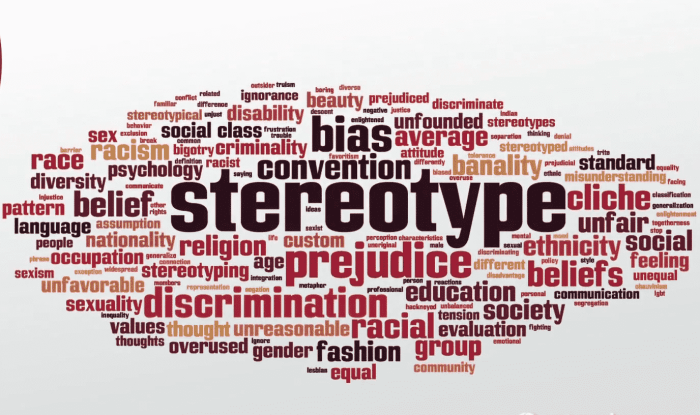
The Threat of Islam: A Historical and Contemporary Examination
The threat of Islam, a narrative that has echoed through history, continues to cast a shadow over contemporary society. This phrase, often used to justify fear, prejudice, and discrimination, masks a complex reality. To truly understand the impact of this narrative, we must delve into its historical roots, analyze its propagation through media and political agendas, and explore its devastating consequences for Muslim communities.
This blog post aims to unpack the layers of this narrative, examining its evolution, the mechanisms by which it is perpetuated, and the urgent need to challenge its harmful influence. We will explore how historical events, media portrayals, and political strategies have contributed to the construction of this narrative, and ultimately, how it shapes our understanding of Islam and Muslims today.
Historical Context of the “Threat of Islam” Narrative: The Threat Of Islam
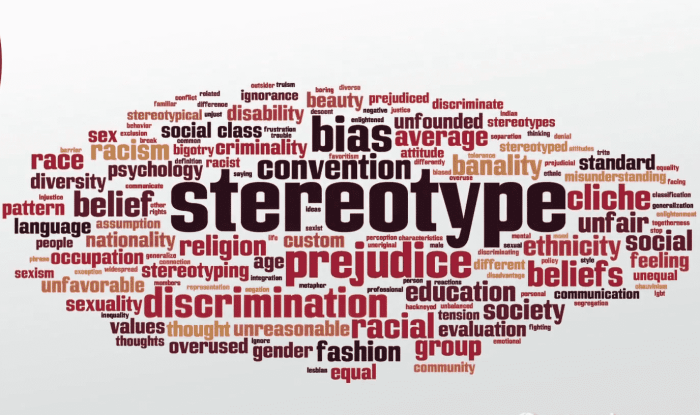
The “threat of Islam” narrative has a long and complex history, woven into the fabric of political, social, and cultural interactions between the Islamic world and the West. This narrative has evolved over centuries, fueled by a confluence of factors including religious differences, political power struggles, and societal anxieties.
It’s crucial to understand the historical context of this narrative to disentangle its complexities and challenge its enduring influence.
The Early Encounters and the Rise of the Narrative
The earliest encounters between Islam and the West were marked by a mixture of curiosity, trade, and conflict. During the Middle Ages, the Islamic world was a center of learning and advancement, attracting scholars and travelers from Europe. However, the Crusades, fueled by religious fervor and political ambitions, created a narrative of Islam as a threat to Christendom.
This narrative was further amplified by the expansion of the Ottoman Empire, which brought it into direct confrontation with European powers.
The Age of Exploration and Colonialism
The Age of Exploration and Colonialism witnessed a significant shift in the narrative of Islam. European powers, seeking to establish dominance across the globe, often framed their expansion as a civilizing mission, contrasting their “superior” Christian values with the perceived backwardness and barbarity of Islamic societies.
This narrative was used to justify the exploitation of resources, the imposition of colonial rule, and the suppression of local cultures.
The Cold War and the Rise of Islamic Extremism
The Cold War saw a resurgence of the “threat of Islam” narrative, albeit in a new form. The Soviet Union’s support for socialist movements in the Middle East, coupled with the rise of Islamic resistance groups, created an atmosphere of suspicion and fear.
The US, seeking to counter Soviet influence, often aligned itself with authoritarian regimes in the region, further fueling the narrative of Islam as a threat to Western interests. This narrative was further intensified by the rise of Islamic extremism, particularly after the 1979 Iranian Revolution and the emergence of groups like al-Qaeda.
The Post-9/11 Era and the “War on Terror”, The threat of islam
The events of 9/11 ushered in a new era of heightened fear and suspicion towards Islam. The “War on Terror” launched by the US government further cemented the narrative of Islam as a monolithic threat, leading to increased Islamophobia, discriminatory policies, and the targeting of Muslim communities.
This narrative continues to shape global politics and public discourse, despite the diversity of Islamic communities and the complexity of the challenges they face.
The threat of Islam, often misrepresented and exaggerated, can be addressed through a more nuanced understanding of its diverse interpretations. This understanding is crucial, especially in light of the United Nations’ efforts on development issues, as seen on this blog.
The UN’s focus on sustainable development and poverty reduction hinges on fostering peace and cooperation, which can only be achieved by tackling prejudice and misinformation surrounding Islam.
The threat of Islam is a complex and often misunderstood issue. It’s crucial to remember that Islam, like any religion, is diverse and cannot be stereotyped. However, within any community, there are individuals who may act in ways that go against the core values of their faith.
To address these individuals and their actions, international organizations like the International Criminal Court (ICC) play a vital role in holding perpetrators accountable for crimes against humanity. The ICC serves as a reminder that justice transcends borders and seeks to protect all individuals from the most heinous crimes, regardless of their religious background.
The “threat of Islam” is often used as a political tool to stir fear and division, but the real danger lies in the unchecked power of financial institutions. Just look at the devastating impact of the global economic crisis of 1997-98-99, fueled by excessive debt and reckless speculation, as documented in this insightful article.
This crisis exposed the fragility of our economic system and the need for greater accountability, something that’s just as crucial when addressing the “threat of Islam” – we must focus on fostering understanding and dialogue rather than resorting to fear-mongering.

